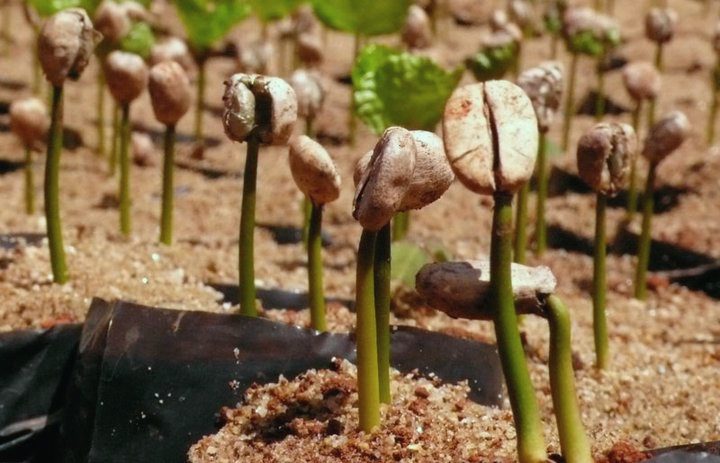A blog for the coffee lovers
Welcome to the PureBean Blog. Stay updated with our latest news & information.

Your coffee’s journey from seed to cup
We drink over 2.25 billion cups of coffee around the world per day. Coffee is an important part of our everyday life, and forms the basis for many of our social interactions. However, when we drink our daily coffees, we often don’t think about the long journey our coffee has taken from seed to purchase. Keep reading to learn the 10 amazing steps your coffee goes through from the moment it’s planted on the other side of the world to when you buy it from your local café or roaster.
Coffee seeds are planted. It might surprise you to learn that a coffee bean is really a seed, and can grow into a coffee tree if it isn’t processed. They’re normally planted in nurseries shaded from harsh sunlight until they are substantial enough to be permanently planted. Coffee seeds are often planted during rainy seasons, as the roots take better to moist soil when they establish their roots.
Coffee cherries are harvested. It takes around 3 or 4 years for a coffee tree too bear fruit, known as the coffee cherry. Coffee cherries turn a bright red when they’re ripe, and are often hand-picked in a rather labour-intensive process. In some countries, like Brazil, cherries are picked mechanically when the landscape is quite flat. There is usually one major harvest per year, although in some countries, like Colombia, there are two.
The cherries are processed. After the coffee is picked, processing begins straight away to prevent the fruit from spoiling. There are two main ways to process coffee;
The dry method involves laying out the cherries on large surfaces to dry in the sun, where they’re turned throughout the day to prevent spoilage, and covered at night to keep them dry. This process continues for a few weeks until the cherries have a moisture content of around 11%.
The wet method involves removing the pulp from the cherry so that only the skin is dried. After this the beans are separated by size and then moved to fermentation tanks, where they stay from anywhere between 12 to 48 hours. After fermentation, the beans, which are now rough, are rinsed and dried to prepare them for storage. They can be dried on large surfaces or in large tumblers. Dried beans are known as parchment coffee.
The beans are milled. Coffee then goes through a number of steps before exportation.
Hulling involves removing the parchment layer from coffee processed via the wet method. Hulling dry coffee involves removing the whole dried husk of the cherries.
Polishing is sometimes done to removing any silver skin that is left remaining on the beans. There is little difference between the two, however polished beans are considered superior to their unpolished counterparts.
Grading and sorting is carried out by size and weight. This is the step where any beans with imperfections – such as over-fermented, unhulled or spoiled beans – are removed either by hand or machinery.
The beans are exported. Milled beans, called green coffee, are put in jute or sisal bags and loaded in shipping containers onboard ships.
The coffee is tasted. The process of cupping involves the repeated testing of coffee for quality and taste. The taster – or cupper – looks out for the aesthetic of the bean, and after this, the beans are roasted so the cupper can nose the brew to smell its aroma. The coffee is then tasted. A professional cupper can taste hundreds of different coffee beans per day and still differentiate between them.
Read more content Office Coffee Machines Sydney, How to order coffee in Australia, coffee styles.
The coffee is roasted. Roasting turns green coffee into the brown beans that are sold in stores and cafés. Most beans are roasted at 290° The coffee then goes through a process called pyrolysis where the fragrant oil inside the beans begin to emerge. This creates the aroma and flavour of the coffee we consume. After roasting, the beans are cooled.
The coffee is grinded. The aim of grinding is to get as much flavour in coffee as possible. Usually the finer ground coffee is, the quicker it should be prepared. This is why coffee ground for an espresso machine is finer than that ground for drip coffee.
The coffee is brewed. Now, there are a multitude of ways we brew coffee! Whether you like a strong espresso or a milky latte is entirely up to you, and as time goes on, there’ll be even more ingenious ways of brewing coffee.





